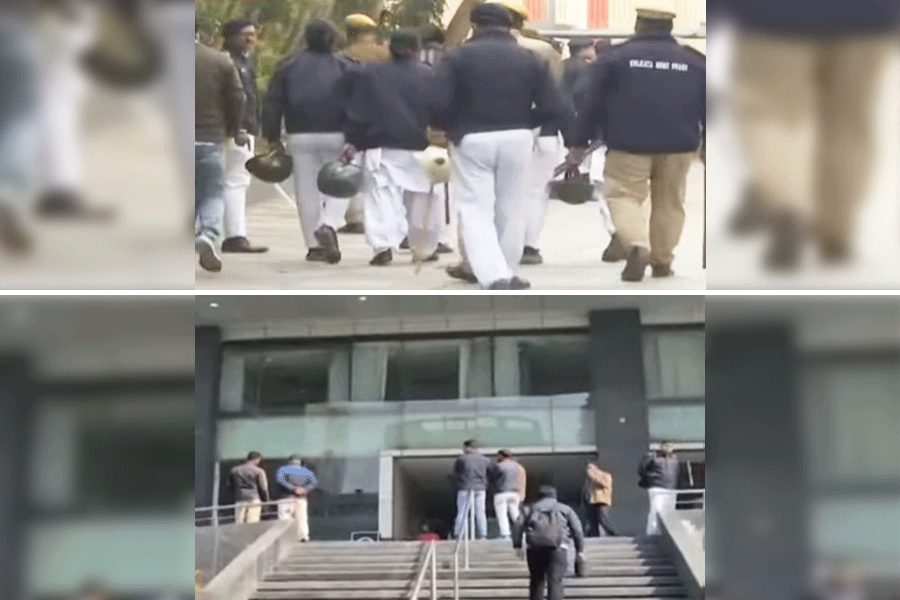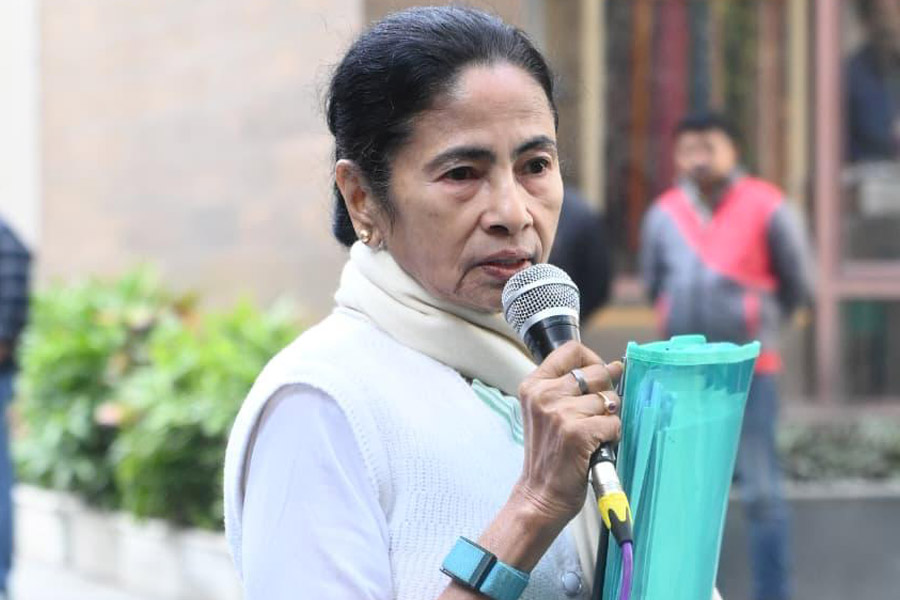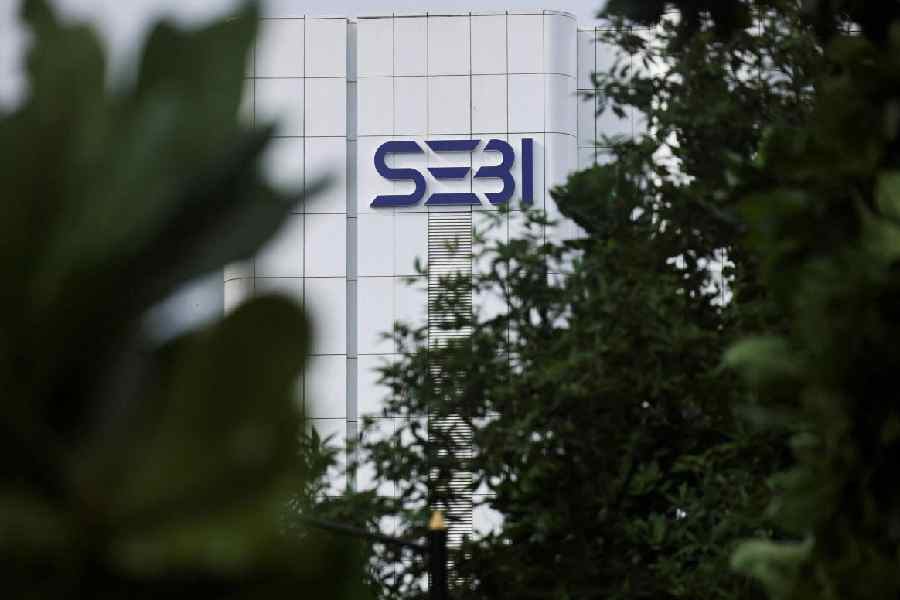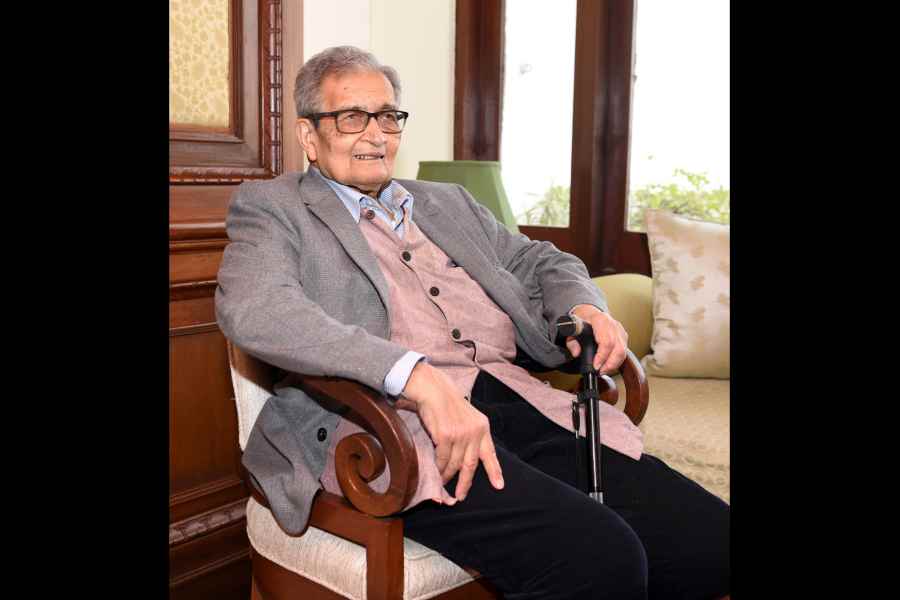 |
New Delhi, Feb. 16: Students of Classes XI and XII across all school boards may study a common syllabi in science and math from 2011 and may need to appear for just one national entrance test to join college starting 2013.
The government today announced a time frame for human resource development minister Kapil Sibal’s stated aim of increasing uniformity in syllabi and testing high-school students through a common syllabi and a single college entrance test.
Both proposals will need to be approved by the Central Advisory Board on Education — which includes all state governments and independent educationists — before they are implemented, the HRD minister clarified.
Sibal’s announcement came after the Council of Boards of Secondary Education (COBSE), an agency to co-ordinate between different school boards, approved plans for the common science and math syllabi from 2011.
But any attempt to enforce a common entrance test across higher educational institutions is likely to face strong protests, both from the institutions and state governments. States may also oppose the common syllabi in science and math, though HRD ministry officials said they were more confident of tackling this opposition.
Sources present at the COBSE meeting told The Telegraph that the common syllabi drafted for physics, chemistry, math, biology and computer science had been principally drawn from the syllabi used by Central Board of Secondary Education (CBSE) schools.
“There are a few aspects which have been deleted from the CBSE syllabi and added from the syllabi of certain state boards, but the backbone of the common syllabi comes from what is taught in CBSE schools,” a source said.
A common syllabi for commerce subjects — accountancy, business studies and economics — and humanities will be drafted and implemented across boards next.
At present, India has over 30 boards of higher secondary education, including two central boards — the CBSE and the Council for the Indian School Certificate Examinations (CISCE). Each board has its own syllabus for a subject.
The CISCE was the only major board that articulated concerns over the common syllabi today. But Sibal defended the move. “The common syllabi is necessary to allow institutions to compare the aptitude of students from different school boards when they are seeking admission into college,” the minister argued.
But the proposal to introduce a common, national-level testing service may face strong opposition from institutions if it is made mandatory. The proposal — a general aptitude test and a subject-specific test — is aimed at saving students the hassle of appearing for multiple-entrance tests conducted by different undergraduate schools.
Sibal today said he was confident that all higher education institutions would accept the common test as their entrance procedure, but ministry sources confirmed that the test would “have to be left optional” for institutions.
The minister’s proposal is modelled on the Reasoning Test, earlier known as the Scholastic Aptitude Test (SAT). Most American higher educational institutions select students based on their scores in SAT but can opt for their own entrance procedures, too. Undergraduate studies across the US have a common structure consisting of four years of study that does not bind students to a particular stream till the final year.
The common study structure means that most US undergraduate institutions look for the same set of qualities in their students. By contrast, undergraduate courses in India are structured to focus on a single subject from the first year of study.
Different institutions teaching the same stream — engineering or medicine, for instance — choose to conduct their own tests because they want students with highly specific qualities that they argue a common test cannot deliver.
The IITs and the All India Institute of Medical Sciences, for instance, have been opposed to picking students on the basis of the All India Engineering Entrance Examination (AIEEE) and the All India Pre-Medical Test (AIPMT), respectively. Most other engineering schools select students on the basis of their AIEEE scores while medical schools factor in AIPMT results.










